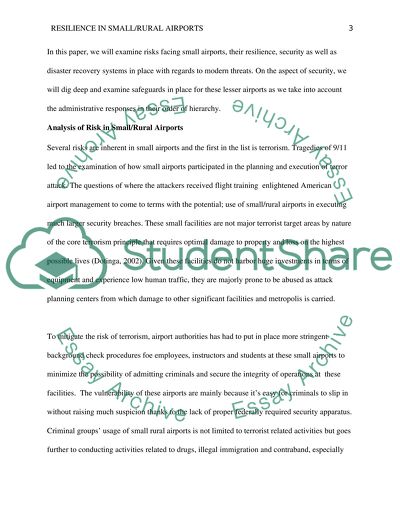Cite this document
(“Building and maintaining resilience in small/rural airports and their Essay”, n.d.)
Retrieved from https://studentshare.org/military/1470243-building-and-maintaining-resilience-in-small-rural
Retrieved from https://studentshare.org/military/1470243-building-and-maintaining-resilience-in-small-rural
(Building and Maintaining Resilience in small/Rural Airports and Their Essay)
https://studentshare.org/military/1470243-building-and-maintaining-resilience-in-small-rural.
https://studentshare.org/military/1470243-building-and-maintaining-resilience-in-small-rural.
“Building and Maintaining Resilience in small/Rural Airports and Their Essay”, n.d. https://studentshare.org/military/1470243-building-and-maintaining-resilience-in-small-rural.


